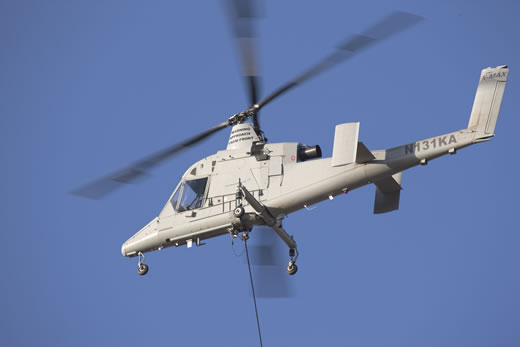The U.S. Navy decided to split the cargo unmanned aircraft (Cargo-UAV) between Boeing and Lockheed Martin, splitting $75.7 million between the two teams. Lockheed Martin received $45.8 million while the Boeing/Frontier team received $29.9 million. The contracts provide funding for the development and fielding of two Cargo UAS systems and three ground control systems, plus option for six months of cargo delivery services in support of Marine Corps forces in Afghanistan.
The Navy plans to use these Cargo UAVs to augment ground and air logistics operations, supplement rotary-wing assets and reduce warfighters’ exposure to Improved Explosive Devices in theater.

In order to meet the operational needs of the Marine Corps, the Navy made a decision to award two contracts to reduce potential deployment delays and inability to meet performance requirements. The Navy will conduct a QRA in summer 2011 to prove systems’ ability to sustain cargo-carrying capability in an operational environment. Immediately following a successful Quick Reaction Assessment (QRA), one contractor’s in-country service option will be exercised and their system will deploy to OEF. The Navy intends to field Cargo UAS in fall 2011 for a six-month deployment. After the initial deployment, Navy and Marine Corps leadership will assess the value of the capability and determine if an extension or re-compete contract should be pursued.
“We are trying to get this much needed capability to the warfighter as quickly as possible,” said Rear Adm. Bill Shannon, Program Executive Officer for Unmanned Aviation and Strike Weapons. “By evaluating two different systems, we have the ability to accelerate development of technology and use it immediately to support the warfighter while maintaining competition.”
According to Capt. Tim Dunigan, Program Manager for Navy and Marine Corps Multi-Mission Tactical Unmanned Air Systems (PMA-266), the Navy intends to deploy only one system after a successful QRA, but could be keeping the second system for future operational missions and/or science and technology development, should it also meet performance requirements.

















